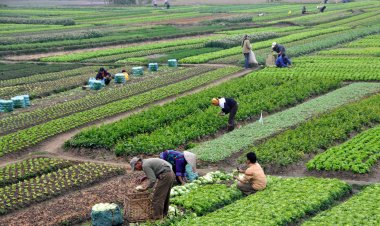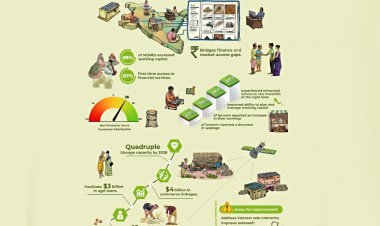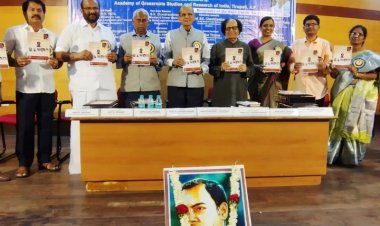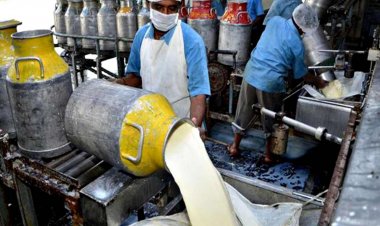While presenting the budget for FY 2023-24, Union Finance Minister, Nirmala Sitharaman has announced allocation of Rs 2,248.77 crore as against the corresponding figure of Rs 1624.18 crore during 2022-23 and Rs 1360 crore during 2021-22 for the Department of Fisheries.
It marks an overall increase of 38.45 pc over the budget of FY 2022-23 from the last one and is one of the highest ever annual budgetary support for the Department.
Further, she has announced a new sub-scheme named Pradhan Mantri Matsya Kisan Samridhi Sah-Yojana (PM-MKSSY): Central Sector Sub-scheme under PMMSY with targeted investment of Rs 6,000 crore with the objective to enhance further the earnings and incomes of fishermen, fish vendors and micro & small enterprises engaged in fisheries sector.
PM-MKSSY envisages focussed intervention to bring about formalization of the fisheries sector and this includes digital inclusion, facilitating access to institutional finance for capital investment and working capital, incentives to bring about system and institutions to reduce risk in aquaculture and fisheries incentivising microenterprises operating in fisheries and aquaculture sector to work on value-chain efficiencies, incentivising micro and small enterprises to establish supply chains for delivery of safe fish products to consumers, thereby expanding the domestic market and incentives for creation and maintenance of jobs for women in the sector.
The budget speech has also laid stressed on creation of primary cooperative societies including fisheries cooperatives at panchayat level. Formation of co-operative societies at grass root level will formalise the sector and will empower fishers and fish farmers to carry out fish production and its post-harvest activities in an organised manner.
With Rs 900 crore allocation for the Ministry of Cooperation for development of cooperatives, enhanced limits for loans, TDS limits and cash deposits and steps to be taken for building the national co-operative database are expected to make operations and financing easier for co-operatives in the sector and help the sector to grow faster. The above, in addition to the earlier announcement on, establishment of National Co-operative Export Society, National Co-operative Society for Organic Products and National Level Multi-State Seed Co-operative Society are expected to support the fisheries in the areas of seed and marketing.
The credit target for agriculture and allied sector has been announced to be increased to 20 lakh crore with focus on animal husbandry, dairy and fisheries. This will substantially improve flow of institutional finance for fisheries sector. Further the announcement to reduce import duty on certain inputs required for shrimp feed is expected to lower the cost of imports and the cost of production and as a result will boost and promote aquaculture exports.
Reduction in basic customs duty on fish meal from 15 pc to 5 pc, on krill meal from 15 pc to 5 pc, on algal Prime (flour) from 30 pc to 15 pc, on fish lipid oil from 30 pc to 15 pc and on mineral and vitamin premixes from 15 pc to 5 pc for manufacturing of aquatic feed is expected to reduce cost of feed, promote domestic feed including and to substantially improve export competitive of Indian shrimps.
Announcement of three Centres of Excellence in India for artificial intelligence is expected to galvanise the AI ecosystem in India and it offers great scope for improvement in fish marketing systems and for increased value realisation through accelerated implementation of block-chain based solution for traceability and quality.
The proposed Digital public infrastructure and Agricultural Accelerator Fund will intensify innovations around fisheries value chain. Overall, the budget 2023-24 will help ushering in a new phase of accelerated growth in the fisheries and aquaculture sector through enhanced flow of institutional credit, increased instruments for risk mitigation, incentives for expansion & deepening of the domestic and export markets and acceleration of innovations.
As India marches ahead in various frontiers and makes its presence in the global stage across various sectors, Indian fisheries sector continues to grow at a very healthy pace. India has already become 3rd largest fish producer, 2nd largest aquaculture producer and 4th largest exporter of fish and fisheries products.
It has clocked the double-digit annual growth rate of 10.34 pc in FY 2021-22 and has reached record fish production of 162.48 lakh tons with much more growth to come in near future. The sector provides sustainable livelihoods to over 28 million people mostly within the marginalised and vulnerable communities and has been instrumental in bringing about sustainable improvements in the socio-economic conditions of the poor and the downtrodden.
Four years ago, the Fisheries sector was given a big boost by carving out Department of Fisheries from the erstwhile Department of Animal Husbandry, Dairying & Fisheries on 5th February 2019.
Simultaneously, a number of visionary schemes and programs namely Pradhan Mantri Matsya Sampada Yojana (PMMSY), Fisheries Infrastructure Development Fund (FIDF) and Kisan Credit Card (KCC) with a total investment of over Rs. 27500 crores were launched which has started to make its impact felt. The sector now set to achieve newer heights during the Amrit Kaal.
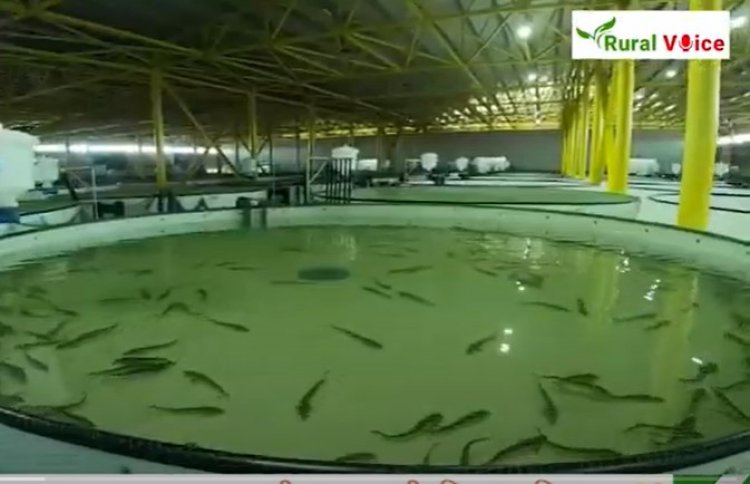


 Join the RuralVoice whatsapp group
Join the RuralVoice whatsapp group


















